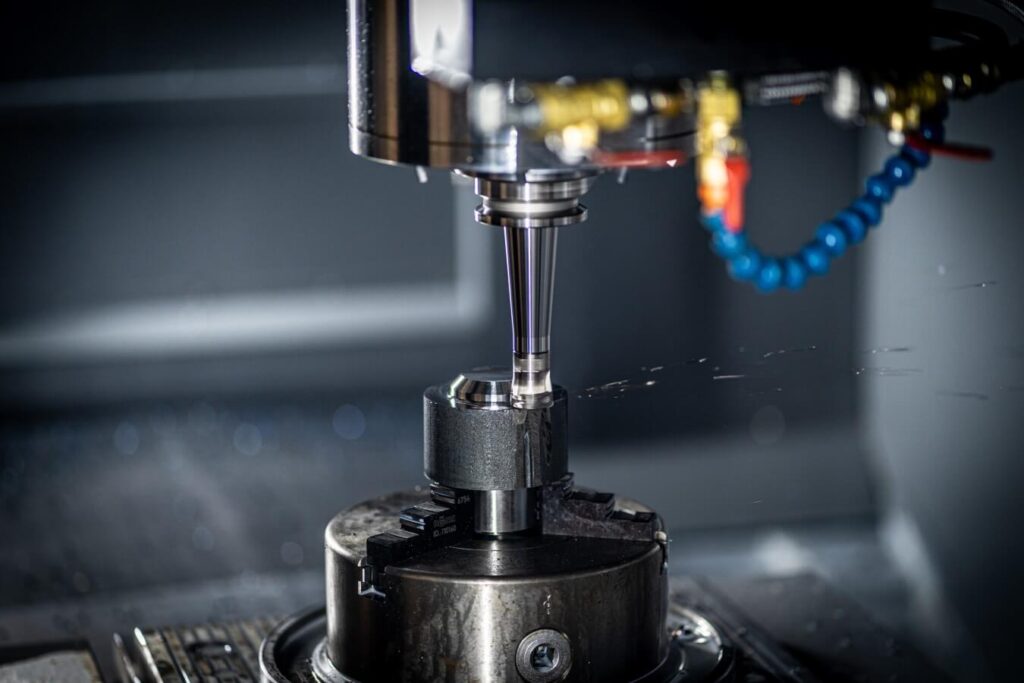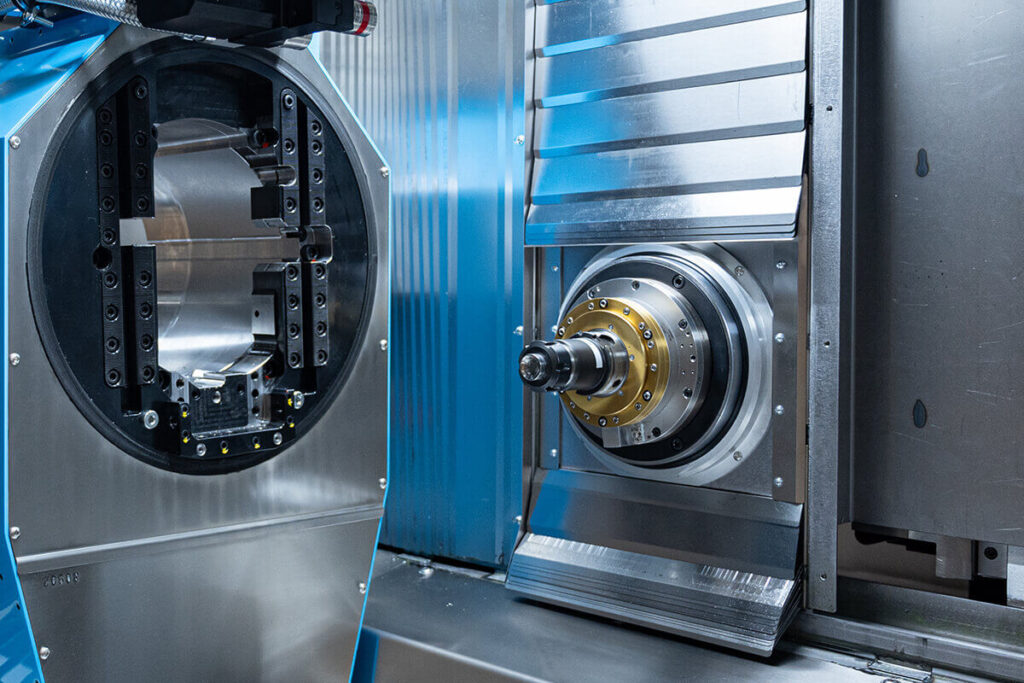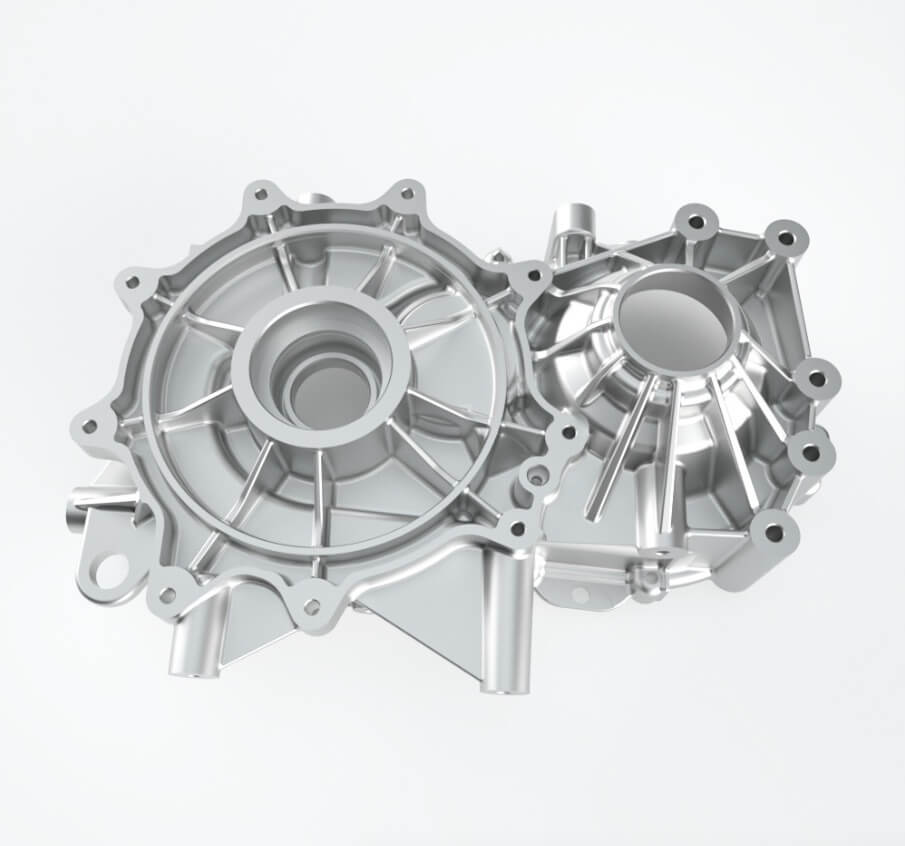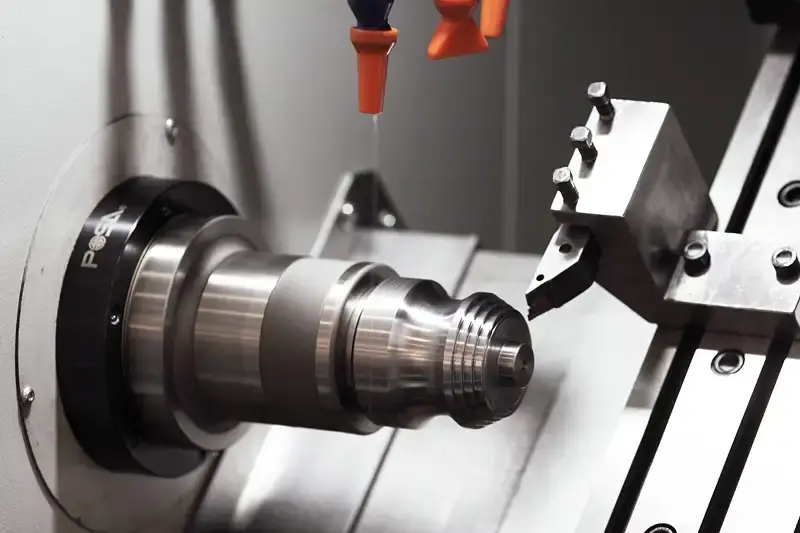CNC Machining: The Differences between 3-, 4-, and 5-Axis
In manufacturing, precision and efficiency are key. To achieve these goals, many industries have turned to computer numerical control (CNC) machining. M and S machining has 3, 4, and 5-axis machining capabilities.
CNC machining allows machine tool automation, which results in faster, more accurate production. One type of CNC machining that has become increasingly popular in recent years is multi-axis machining. This technology allows multiple axes to be moved simultaneously, allowing for greater precision and versatility.
In this article, we will explore the differences between 3-axis, 4-axis, and 5-axis CNC machining, and how each can benefit various industries.
1.3-axis CNC machining

Let’s start with 3-axis CNC machining. This is the most basic form of CNC machining, utilizing three axes: X, Y, and Z. The X-axis represents the horizontal movement, the Y-axis represents the vertical movement, and the Z-axis represents the depth or thickness. With 3-axis machining, the cutting tool can move along these three axes, allowing for the creation of simple shapes and designs. This type of machining is commonly used in industries such as woodworking, metalworking, and plastic fabrication.
2.4-axis CNC machining

Moving on to 4-axis CNC machining, we introduce an additional rotational axis. In addition to the X, Y, and Z axes, the A-axis is introduced, which allows for the rotation of the workpiece. This added axis enables the cutting tool to approach the workpiece from different angles, resulting in more complex and intricate designs. 4-axis machining is often used in industries such as aerospace, automotive, and jewelry making, where intricate and detailed parts are required.
3.5-axis CNC machining
We come to 5-axis CNC machining, which takes precision and versatility to a whole new level.In addition to the X, Y, Z, and A axes, the 5-axis machine tool also introduces the B axis. The B axis allows the cutting tool itself to rotate, allowing it to approach the workpiece from any angle. This capability opens up a world of possibilities, with the ability to create parts of high complexity and complexity. As a result, 5-axis machining is often used in industries such as medical, dental, and mold making, where precision and intricate details are critical.

So, what are the benefits of multi-axis machining? Firstly, it allows for the production of more complex and intricate parts. With the ability to move along multiple axes simultaneously, multi-axis machines can create shapes and designs that would be impossible with traditional machining techniques. This results in greater design freedom and the ability to create more innovative and unique products.
Secondly, multi-axis machining improves efficiency and reduces production time. By allowing for simultaneous movement along multiple axes, multi-axis machines can complete complex operations in a single setup. This eliminates the need for multiple setups and reduces the time required to produce a part. Additionally, the ability to approach the workpiece from different angles reduces the need for repositioning, further saving time and increasing efficiency.
In conclusion, multi-axis machining is a powerful tool in the world of manufacturing. By allowing for the simultaneous movement of multiple axes, it enables the creation of complex and intricate parts with greater precision and efficiency. Whether it’s 3-, 4-, or 5-axis machining, each offers its own unique benefits and is suited for different industries and applications. As technology continues to advance, multi-axis machining will undoubtedly play an even greater role in shaping the future of manufacturing.
